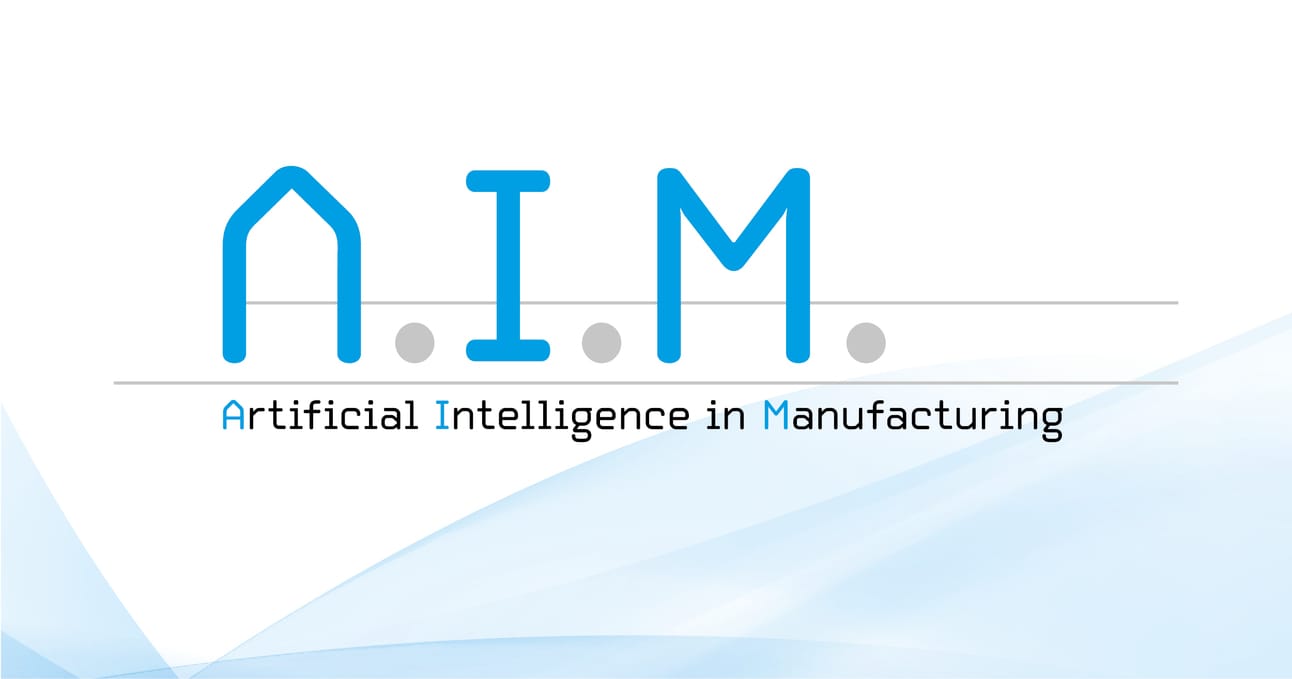- AI in Manufacturing
- Posts
- Salesforce & AI: Streamlining Manufacturing Operations
Salesforce & AI: Streamlining Manufacturing Operations
Plus: Salesforce tackles skills gaps with AI, Galbot accelerates robotics with NVIDIA Jetson Thor, digital twins boost pharma efficiency, Delta debuts cognitive cobots, and more!


As AI becomes more embedded across manufacturing, the focus is shifting from vision to practical outcomes. This week, we look at how it’s helping close skills gaps, powering robotics innovation, and pushing industries toward smarter, more sustainable operations.
We begin with an initiative designed to tackle one of the industry’s biggest challenges: the skills gap. By embedding AI into workforce tools, manufacturers are finding new ways to capture expertise, streamline training, and keep production teams agile in a changing environment.
Robotics is also accelerating, with next-generation systems leveraging powerful processors to enhance both speed and intelligence. The emphasis is not just on automation, but on enabling more flexible, adaptive machines that can handle complex, real-world scenarios.
In pharmaceuticals, the rise of AI-powered digital twins is transforming how processes are modeled, tested, and optimized. By creating real-time virtual counterparts of production lines, the sector is finding new opportunities to improve reliability while cutting risks and costs.
Over in food and beverage manufacturing, automation is moving operations from manual bottlenecks to digital agility. From packaging to quality control, the shift demonstrates how even highly traditional sectors are embracing AI as a tool for efficiency and growth.
Materials research is also benefiting, with AI now guiding the discovery and testing of new compounds. Faster, data-driven approaches are helping researchers move from trial-and-error to targeted innovation, shortening development timelines and broadening what’s technically achievable.
And finally, the conversation around “green AI” is gaining ground. As systems grow in capability, so too does their energy demand, raising the question: how can the industry balance progress in intelligence with sustainability in practice?
Together, these developments show that AI in manufacturing isn’t arriving all at once, but in carefully measured steps, each aimed at bridging today’s gaps while building a more resilient, intelligent industrial future.
Thanks for reading. As always, feel free to hit reply and share what you’re seeing on your side of the manufacturing world. To stay ahead of the curve in the world of AI in manufacturing, you can follow us on LinkedIn for daily updates and breaking news. Here’s to another week of smart, AI-powered innovation!


